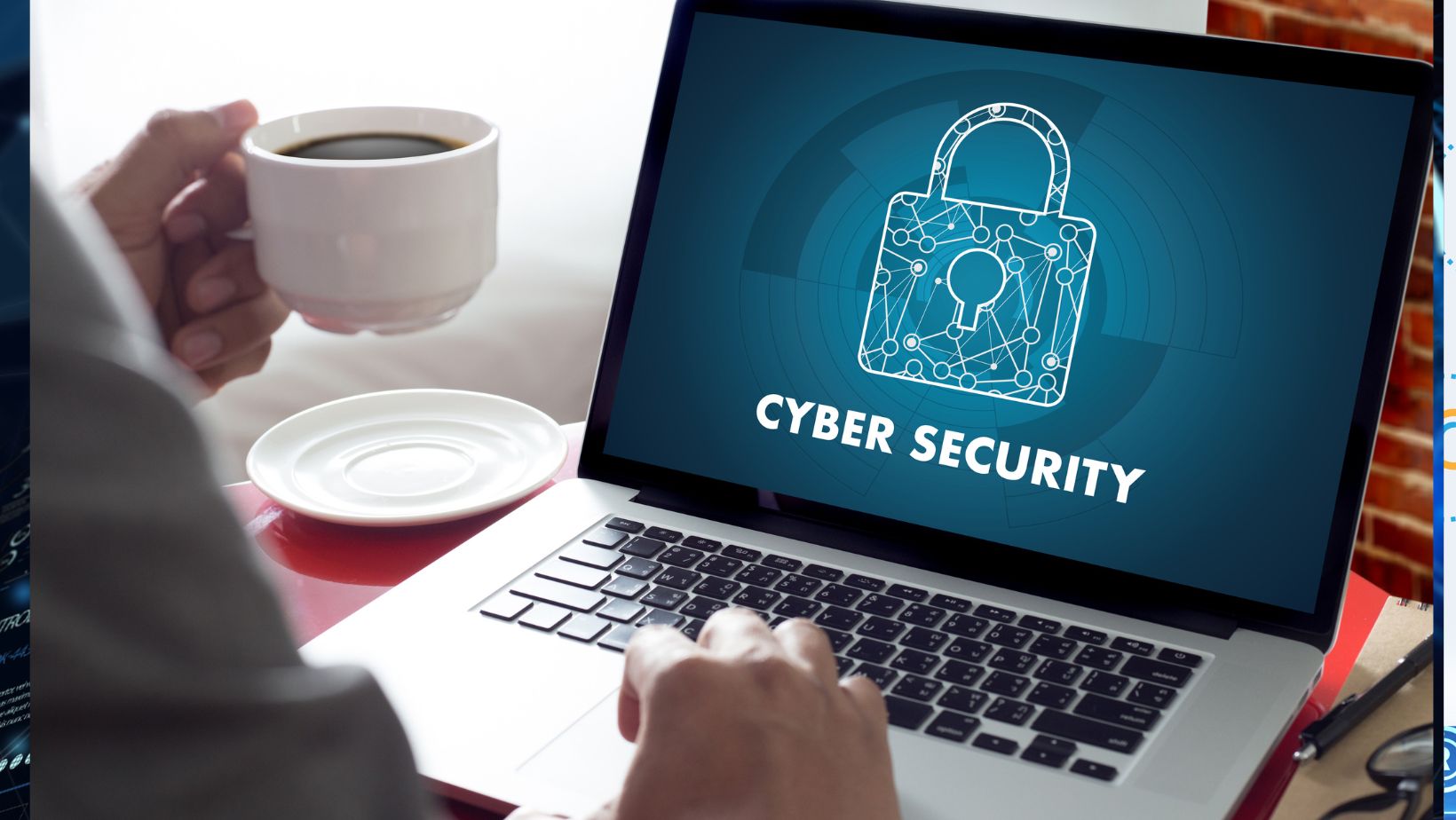
As a cybersecurity expert, I must admit that the approach toward cybersecurity has been somewhat narrow-minded. Cybersecurity is not a holistic program to manage information technology related security risk. Instead, it focuses solely on protecting digital assets from attacks and threats. While it may seem reliable, it is not enough to cover the entire spectrum of security risks and vulnerabilities.
The problem with cybersecurity is that it primarily concerns itself with keeping the unauthorized entities out of the networks. Still, it fails to encompass all the facets of risks faced by organizations. Nowadays, cyberattacks are only one among several other risks that include, but are not limited to, natural disasters, system failures, and operational risks. If security programs don’t have a preventative measure against all these risks, then the cybersecurity measures aren’t complete.
Thus, cybersecurity experts need to look beyond their traditional approach and consider a more comprehensive and integrated security approach to include the broad range of risks organizations face while protecting their data and assets. Cybersecurity programs are important, but they alone cannot provide full-scale security for businesses. Organizations must look beyond the traditional approach and develop a more comprehensive response plan that includes all possible risk factors.
The Limitations of a Narrow Cybersecurity Focus
While cybersecurity is essential to protect an organization’s digital assets, it is not a comprehensive solution to mitigate all information technology related security risks. Cybersecurity measures, such as firewalls, antivirus software, and encryption, only address specific aspects of security. These measures are focused mainly on preventing and detecting cyber attacks, which is only one type of threat that an organization may face.
A narrow focus on cybersecurity can leave other areas of an organization’s information technology infrastructure vulnerable. This includes physical security threats, such as theft or environmental hazards that can damage equipment, as well as human error, such as accidental data breaches caused by employees. Neglecting these other areas of security risks can leave an organization exposed to significant threats.

Moreover, the implementation of cybersecurity in a vacuum does not account for the interplay between different elements of security. Cybersecurity measures alone may not be enough to protect against a targeted attack, a phishing scheme, or infiltration into an organization’s supply chain. Cybersecurity requires a coordinated and integrated approach that includes physical security, personnel security, and risk management.
Additionally, cybersecurity is a constantly evolving field. Threats are continually changing, and new vulnerabilities are discovered regularly. A narrow focus on cybersecurity can create a false sense of security because a system that was secure today may be vulnerable tomorrow. Organizations need to adopt a continuous monitoring and improvement strategy to remain protected.
In summary, the limitations of a narrow cybersecurity approach are evident. Cybersecurity measures are only one aspect of managing all information technology related security risks. Other risks such as physical security threats, human error, and the ever-changing threat landscape should be taken into account to develop a holistic approach to security.
Why a Holistic Approach Is Necessary for Information Technology Security
As a tech expert, I can assert starting with a fact – cybersecurity is not a holistic program to manage information technology-related security risk. Most organizations view cybersecurity as a collection of software, services, and protocols that can protect against cyber-attacks. However, this approach is incomplete and ineffective in the modern era of cybersecurity threats.
Organizations need a comprehensive security program that identifies all potential security risks and addresses them through a unified and integrated plan. Additionally, this holistic approach should ensure that appropriate security measures are implemented, and all information technology-related systems are handled with the utmost caution.
Below are some reasons why a holistic approach is necessary for information technology security:
1. Protection from Various Threats
Traditional cybersecurity measures were established to guard against known threats; hence, they cannot guarantee protection from unknown or emerging threats. However, a holistic approach considers all potential threats and attackers before defining appropriate systems and processes to safeguard against them.

2. Integration across the Organization
Many organizations view cybersecurity as the responsibility of the IT department only. Nevertheless, an integrated and holistic approach brings together all departments and sectors of the organization to deal with information technology-related security risks. That way, everyone can contribute to the safety of the company’s IT systems and minimize the potential risks of cyber breaches and attacks.
3. Cost-effective
A holistic approach identifies all potential risks from the start, allowing organizations to allocate resources more effectively. The approach’s overall cost is often LESS than a collection of different security systems that may or may not work together effectively.
In essence, a comprehensive approach towards cybersecurity is crucial to managing information technology-related security risks effectively. With a combination of prevention, protection, and reaction, organizations can address the evolving challenges to protect their digital assets and safeguard against the likelihood of cybersecurity breaches.
One of the major concerns in the realm of information technology is undoubtedly cybersecurity. While many companies have implemented cybersecurity protocols in their operations, there is often a lack of focus on creating a holistic program that encompasses all aspects of risk management. In fact, cybersecurity is not a holistic program to manage information technology related security risk as it only addresses certain aspects of an overall comprehensive program.
However, integrating a holistic program for security risk management can yield a variety of benefits. Below are just a few of the advantages of implementing such a program:
cybersecurity is not a holistic program to manage information technology related security risk
By taking a holistic approach to security risk management, companies can better assess all areas of risk associated with information technology. This includes not only issues related to cybersecurity, but also issues related to data privacy, disaster recovery, and compliance with laws and regulations. This comprehensive approach allows for a more accurate and thorough assessment of the risks and provides more effective management strategies to reduce or eliminate those risks.

Enhanced Efficiency
Implementing a holistic program also means that all security-related functions are integrated and streamlined. Instead of having individual processes for cybersecurity, data privacy, disaster recovery, and compliance, a single program can be created that covers all of these areas. This not only results in a more efficient approach, but also frees up organizational resources that might be better used elsewhere.
Improved Communication
Creating a program that is holistic in nature necessitates clear communication between all stakeholders. From senior management to IT staff and external vendors, communication underpins the success of the program. By bringing all these parties together, risks can be identified and mitigated in a timely, efficient manner.
In conclusion, while cybersecurity is essential in protecting information technology assets, companies must recognize that a more comprehensive approach is needed. Integrating a holistic program can improve overall security risks management, enhance efficiency, and improve communication between all stakeholders.
Conclusion
Effective information technology (IT) related security risk management goes beyond just implementing cybersecurity measures. Cybersecurity, as we have discussed, is not a holistic program to manage IT related security risks. In this article, I have presented evidence to support this claim, showing that relying solely on cyber defense mechanisms such as firewalls, antivirus software, and the like, poses a considerable risk to an organization’s IT security.
An effective IT security risk management program takes a more comprehensive approach, encompassing not only cybersecurity but also risk identification, risk assessment, risk evaluation, risk treatment, and risk monitoring activities. As a result, organizations must take a cross-functional approach that involves all departments, including IT, security, personnel, and management, to build a robust security management program that covers the entire organization’s risks.
In conclusion, we recommend that organizations across the industry adopt a holistic approach to IT security risk management. There’s a need to incorporate cybersecurity measures such as firewall and antivirus software with other measures such as risk management policies, risk audits, and strategic risk planning to protect against various forms of IT security risks. A holistic IT security risk management approach provides a more comprehensive and effective means of achieving a state of security readiness.


























